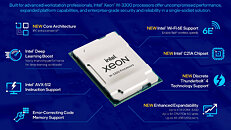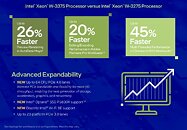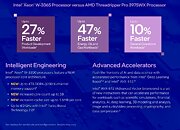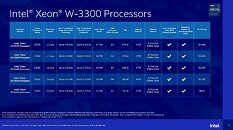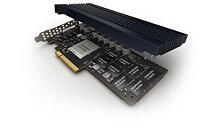
GIGABYTE Prepares AORUS Z690 First Look Event to Showcase the Launch of the new Intel Alder Lake Platform
The launch of Intel's Alder Lake processsors has opened an exciting chapter for team blue and motherboard makers who are finally transitioning to new technologies like DDR5 and PCIe Gen5 standards. Today, GIGABYTE AORUS has prepared a complete lineup of motherboards designed to satisfy all kinds of workloads powered by Alder Lake processors as these AORUS Z690 motherboards are about to hit the market. These new boards include an upgraded feature set like 16+ phases power delivery on all boards, upgraded heatsinks to keep VRM temperatures under control, and built-in DDR5 overclocking features.
The event will be live-streamed on YouTube, so tune in to the First Look Event as the AORUS team gives an in-depth overview and cover the performance increase you can experience with Intel 12th gen CPU and DDR5 memory on the AORUS Z690 platform. They will be going over the new platform's entire lineup and feature set, so make sure you get to the event on time. It will start at 18:00 UTC zone, and you can tune in to watch here: AORUS Z690 First Look Event.
The event will be live-streamed on YouTube, so tune in to the First Look Event as the AORUS team gives an in-depth overview and cover the performance increase you can experience with Intel 12th gen CPU and DDR5 memory on the AORUS Z690 platform. They will be going over the new platform's entire lineup and feature set, so make sure you get to the event on time. It will start at 18:00 UTC zone, and you can tune in to watch here: AORUS Z690 First Look Event.















































